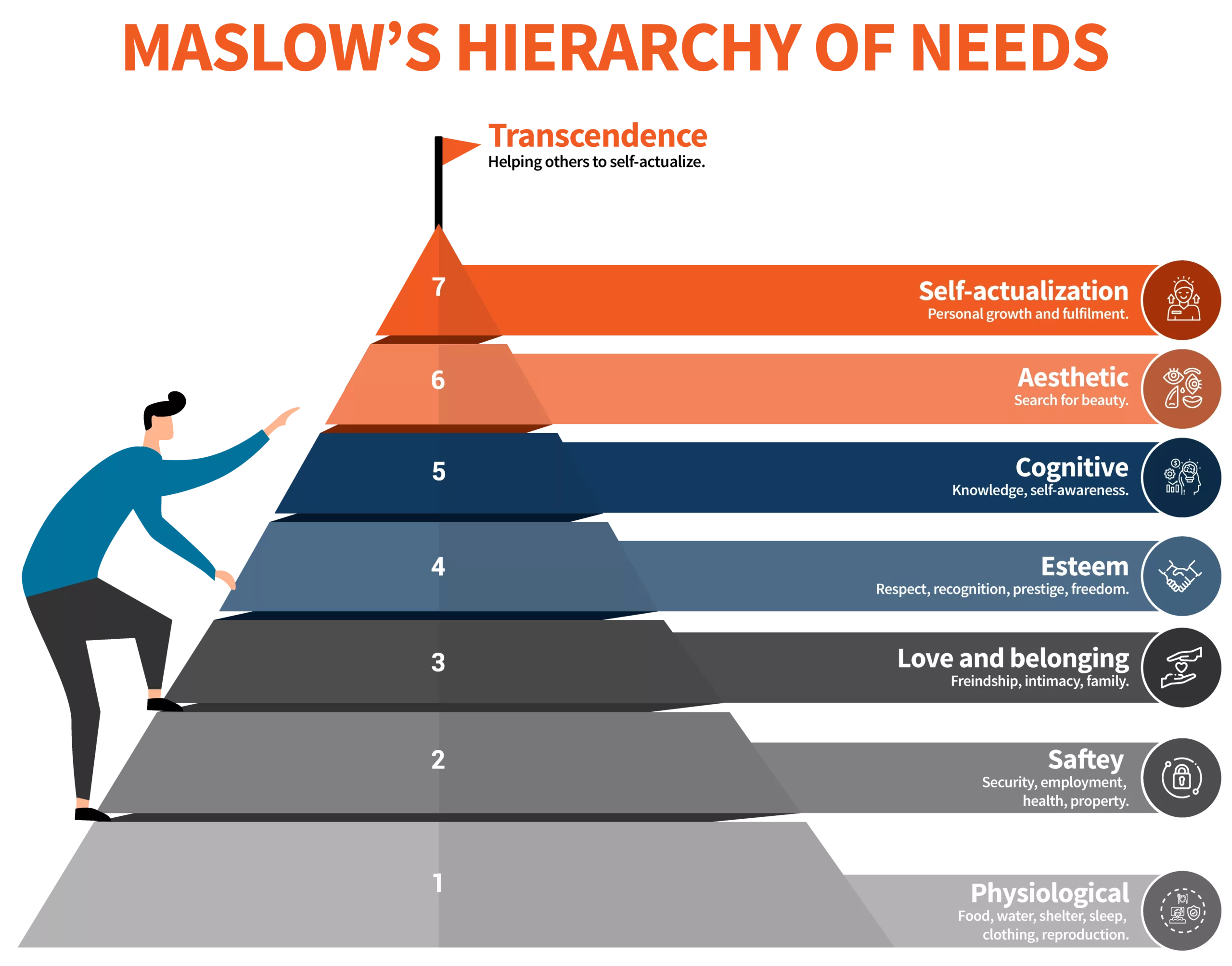In this installment of our The Art of StorySelling series, we check out examples of storyselling in action and ways in which you can incorporate it in your marketing mix.
The Art of StorySelling
Marketers Are Modern Storytellers | Write Brand Stories that Sell | Sell With a Story | White Paper
Stories sell. As discussed in my previous post, humans are hardwired to respond to stories as they help us connect with the world and others on a deeper level.
When used in a sales or marketing capacity, dubbed storyselling, storytelling can help create empathy and emotional connections between a brand and its audience, ultimately building trust, rapport and loyalty. But why does storyselling work, and perhaps more importantly, how the heck do you do it?
In this installment, we’re going to dive into the psychology of storyselling, explore ways brands have deployed storytelling as a campaign strategy, and give you actionable ways to start incorporating storyselling into your marketing strategy.
The Psychology of StorySelling
Storyselling works because it taps into the emotional and psychological aspects of human behavior. People are wired to respond to stories and narratives because they help us make sense of the world around us and connect with others. By creating a sense of empathy and emotional connection between the brand and the audience, storytelling can help build trust, establish rapport, and create deeper engagement with the audience.
To further understand the power of storytelling, let’s talk about Maslow’s Hierarchy of Needs and how it relates to marketing psychology. This psychological theory explains how humans are motivated by a hierarchy of needs, consisting of five levels: physiological needs, safety needs, love and belonging needs, esteem needs, cognitive, aesthetic, self-actualization and transcendent needs. Each level of needs must be met before an individual can move on to the next level.
In the context of marketing, Maslow’s hierarchy of needs can help organizations understand what motivates their customers and how they can use storytelling to connect with them.

Here are some examples of how marketers can use storytelling to match product benefits with consumer needs:
- If a product or service meets a physiological need, such as food or shelter, the story could feature a character who has overcome extreme hardship to meet this need, such as a homeless person who finds shelter or a starving child who receives a meal.
- If a product or service meets a safety need, such as home security or insurance, the story may feature a character who has experienced a traumatic event, such as a break-in or a car accident, and how the product or service helped them feel safe and secure again.
- If a product or service meets a love and belonging need, such as social media or dating apps, the story may feature a character who has found love or friendship through the service.
- If a product or service meets an esteem need, such as luxury goods or high-end services, the story may feature a character who has achieved great success or admiration as a result of using the product.
- If a product or service meets a cognitive need, such as education providers or news sources, the story may feature a character who was able to solve a problem through this gained insight or expertise gained through the service.
- If a product or service meets an aesthetic need, such as a piece of art or a home decor item, the story may feature a character who experiences a strong emotional connection with or reaction to a well-made or beautiful product.
- If a product or service meets a self-actualization need, such as personal development or travel experiences, the story may feature a character who has undergone a personal transformation or achieved a lifelong dream through the service.
- If a product or service meets a transcendent need, such as a charitable product or religious experience, the story may feature a character who finds meaning in their life through a their involvement with a product or service.
Examples of Effective Storytelling in Marketing
Now that we’ve covered the psychology of storyselling, let’s take a look at some real-life examples of brands that have nailed the art of storytelling in their marketing campaigns.
Nike
Nike’s “Just Do It” campaign is a classic example of a brand using storytelling to connect with its audience. By showcasing real-life athletes who have overcome obstacles to achieve greatness, Nike inspires its audience to push themselves to be their best. It’s no wonder that “Just Do It” has become a mantra for athletes and non-athletes alike.
Coca-Cola
The “Share a Coke” campaign is another great example of effective storytelling. By personalizing Coke bottles with people’s names, Coca-Cola created a sense of personal connection between its product and its audience. The campaign’s success was not just in sales, but in creating an emotional connection with its consumers, who shared their Coke experiences on social media.
Apple
Apple’s “Think Different” campaign was a game-changer in the world of advertising. By showcasing famous figures who embodied the spirit of innovation and creativity, Apple encouraged its audience to think differently and pursue their dreams. The campaign not only helped to establish Apple as a leading brand, but it also inspired a generation of thinkers and innovators.
Dove
Dove’s “Real Beauty” campaign is a powerful example of a brand using storytelling to challenge societal norms and promote inclusivity. By featuring women of all ages, shapes, and sizes, Dove created a campaign that celebrated the diversity of beauty. The campaign not only resonated with its audience but also sparked a larger conversation about beauty standards and the role of advertising in promoting body positivity.
Renaissance
With the “Stand Out” campaign we created for Renaissance, we used an omnichannel marketing approach and brand storytelling to creatively address the challenge of attracting and retaining workers in a post-Covid world. By showing how voluntary ancillary coverage can help businesses differentiate themselves in a tight labor market, Renaissance was able to engage brokers, influencers and decision-makers in discussion about their product offerings in a real and meaningful way.
Tips for Adding Storytelling to Your Marketing Mix
Now that we’ve covered why storytelling is a crucial part of any marketing strategy and given some successful examples, let’s look at some practical tips for incorporating it into your marketing.
- Use customer stories: Your customers are your best advocates, so why not use their stories to showcase your product or service? Testimonials, reviews, case studies, and videos featuring real people and their experiences can be a powerful tool for building trust and credibility with your audience.
- Use brand stories: Your brand has a unique story, and sharing it can help differentiate you from the competition. Use your website About page, company videos, or social media posts to highlight your brand’s history, values, and mission.
- Use visuals: A picture is worth a thousand words, and a video can tell a whole story. Incorporate photos and videos into your marketing to visually convey your brand’s message and engage your audience. For example, a fitness brand might use before-and-after photos to show the impact of their product.
- Use social media: Social media platforms offer a real-time opportunity to share your brand’s story with your audience. Use channels like Instagram and TikTok to showcase behind-the-scenes content, offer sneak peeks, and share short stories that showcase your brand’s personality and values.
- Use experiential marketing: Create immersive experiences that tell a story and engage your audience on a deeper level. For example, a food brand might host a pop-up restaurant that showcases the flavors of a particular region or culture.
- Use brand ambassadors: People trust other people more than they trust brands (no offense), so leverage your brand ambassadors to tell your brand’s story. Whether they are customers, employees, or influencers, brand ambassadors can share their experiences with your product or service and help build brand awareness and loyalty.
How to Start Telling Stories That Sell
You now know why storyselling works and how to incorporate it into your marketing strategy, but figuring out what comes after “once upon a time” can be daunting. Here are some tips to help you get started:
- Identify your audience: Before you begin crafting your story, it’s important to identify your audience. Understanding their needs, interests, and pain points will help you create a story that resonates with them and inspires action.
- Define your brand story: Your brand story is the foundation of your storytelling strategy. It should communicate your brand’s values, history, and mission in a way that’s authentic and engaging.
- Choose your storytelling medium: There are many mediums you can use to tell your brand story, from social media to print. Choose the medium that will best showcase your story and engage your audience.
- Develop a content strategy: Crafting compelling stories takes time and effort. Develop a content strategy that outlines the themes, topics, and channels you will use to tell your brand story.
- Collect stories: Look for stories that showcase your brand’s values and mission. These stories can come from customers, employees, or even yourself.
- Craft your story: Once you have your content strategy and stories in hand, it’s time to craft your story. Make sure your story is relatable, emotional, and memorable.
- Measure and adjust: As you start incorporating storytelling into your marketing, it’s important to measure its effectiveness. Use analytics to track engagement, conversion rates, and other metrics. Use this data to adjust your content strategy and improve your storytelling.
Remember: Storyselling is an ongoing process. As your brand evolves, so should your brand story and content strategy. By following these tips, you can create a powerful storytelling strategy that engages your audience and inspires action.
Wrapping It Up
The power of storytelling lies in its ability to create empathy and emotional connections between the brand and the audience. By combining storytelling and marketing, we’re able to use these natural psychological responses to connect people with products, services or experiences.
As you’ve learned in this post, you’re probably already using some storyselling tactics in your marketing. But by making it a deliberate part of your marketing activities, you’re able to craft meaningful stories in a strategic, scalable, and super-effective way. You’ve seen Renaissance do it, Apple do it, and Nike (just) do it – so why not your brand?
Need a little more help getting started? Contact us to talk about content marketing strategy, or stick around to learn more about how storyselling fits in within the marketing-sales funnel. Then check out our white paper, Once Upon a Time: How StorySelling Can Supercharge Your Sales and Marketing.
FREE DOWNLOAD: A Step-by-Step Guide to Effective StorySelling
Now that you understand the basics, download Once Upon a Time: How StorySelling Can Supercharge Your Sales and Marketing. It’s the ultimate guide to incorporating StorySelling into your marketing strategy and boosting results!






